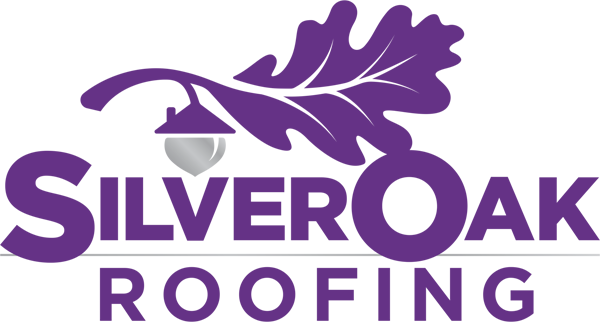
Critter Concerns: Addressing Animal Intrusions in Roof Vents and Attics
Jul 23, 2024
2 min read
0
0
0
Silver Oak Roofing in Oakville, Ontario, highlights the importance of addressing animal intrusions in roof vents and attics to maintain the integrity and safety of your home. Animals such as raccoons, squirrels, birds, and rodents can cause significant damage and pose health risks. Here’s how to identify, remove, and prevent these critters from invading your attic space.

How Do Animals Get Into Your Attic?
Common Entry Points
Holes in Siding or Soffits: Small openings provide easy access.
Missing Shingles: Gaps in your roof structure invite intrusions.
Loose Fascia Boards: These can be pried open by persistent animals.
Uncapped Chimneys: Open chimneys are ideal entry points.
Gaps Between Eaves and Fascia: These spaces are perfect for smaller animals.
Unscreened Vents: Open gable or ridge vents provide a pathway.
Signs of Animal Presence in the Attic
Ripped Air Ducts or Insulation: Indication of animals nesting or moving through your attic.
Gnawed PVC Pipes and Wires: Evidence of rodents chewing through materials.
Droppings or Urine: Visible waste left by animals.
Nests or Hives: Physical structures built by birds or insects.
Unusual Sounds: Noises such as scratching, scampering, or thumping.
Common Attic Intruders and Their Impact
Raccoons
Damage: Rip shingles, tear insulation, and create large entry points.
Signs: Heavy, slow footfalls at night.
Squirrels
Damage: Gnaw on PVC pipes, wires, and wood, creating fire hazards.
Signs: Light, darting sounds during the day.
Bats
Damage: Corrosive droppings with strong odors.
Signs: Fluttering noises at night.
Birds (Starlings, Pigeons)
Damage: Noise, odors, and droppings that attract insects.
Signs: Chirping and flapping sounds.
Rodents (Rats, Mice)
Damage: Gnaw wood, pipes, wires, and insulation.
Signs: Light, rapid movement and droppings.
Wasps and Bees
Damage: Can cause painful stings and bites.
Signs: Buzzing noises and visible hives.
Preventing Animal Intrusions
Sealing Entry Points
Materials: Use steel to seal holes or cracks, as rodents can gnaw through most materials.
Maintenance: Regularly inspect and repair any potential entry points.
Roof and Gutter Maintenance
Shingles: Replace missing shingles promptly.
Fascia and Soffit: Repair any damaged areas.
Gutters: Use guards and cover downspouts to keep animals out.
Screening and Barriers
Vents and Chimneys: Install metal screens over openings.
Spikes: Install plastic spikes along eaves to deter birds.
Trimming Vegetation: Remove climbing vines and tree branches near the roof.
Additional Measures
Mothballs: Scatter in the attic to deter rodents.
Remove Insect Hives: Address any hives immediately to prevent larger infestations.
Hiring a Professional
Benefits of Professional Removal
Hiring a professional exterminator ensures the safe and effective removal of animals. They can identify the type of animal, remove nests, and seal entry points to prevent future intrusions.
Cost Considerations
The cost of removal varies based on the animal type and infestation severity. While home insurance may cover wild animal damage, damage caused by rodents and insects is typically not covered.
Addressing and preventing animal intrusions in your attic is essential to maintain the safety and integrity of your home. Regular inspections, timely repairs, and professional assistance can help you manage and prevent these critter concerns.
For more information on The Case for Consistent Care: Why Regular Maintenance Matters, click here.






